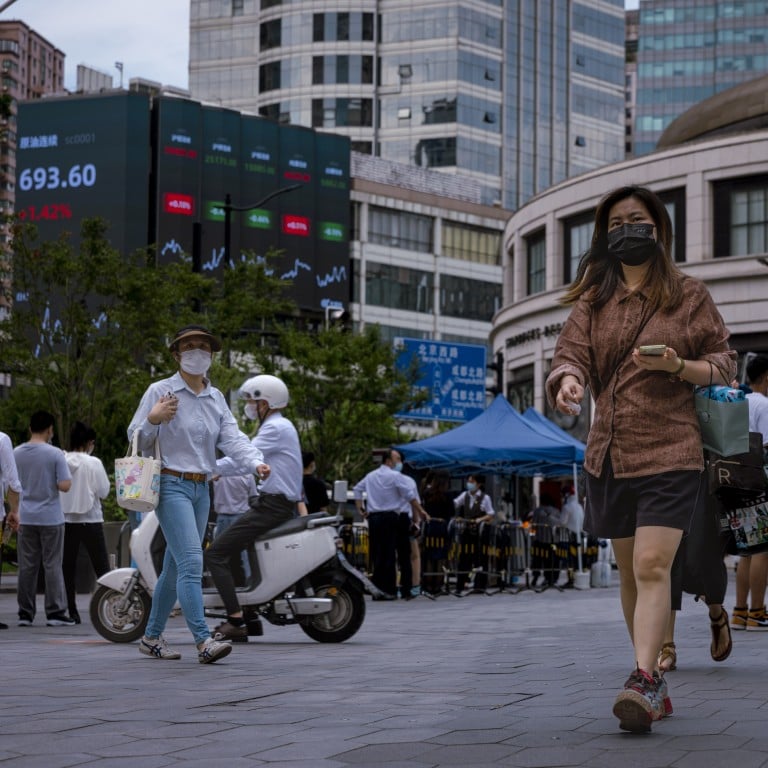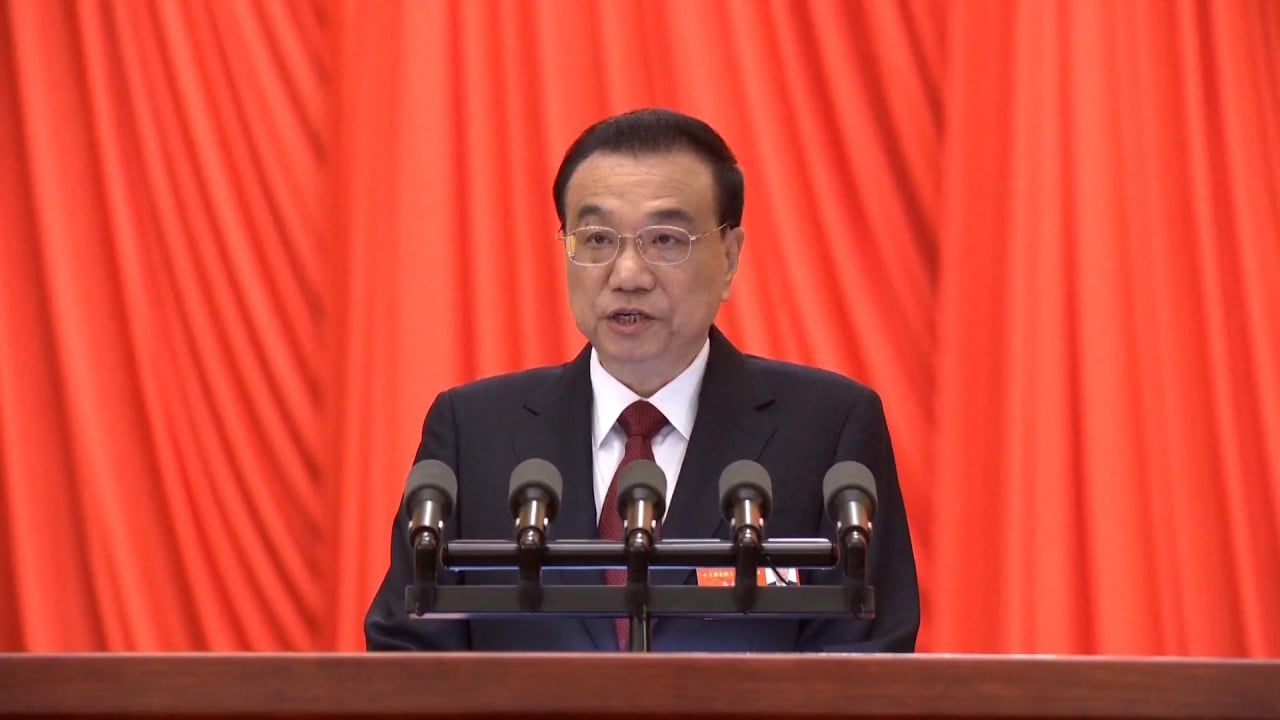
As China’s economic challenges grow, will investors lose confidence?
- Although it’s looking increasingly unlikely that China will hit its 2022 growth target, Beijing is determined not to resort to aggressive stimulus
- Youth unemployment, the Henan banking scandal, property sector weakness, and China’s Belt and Road Initiative lending are all pressure points
After all, when it comes to addressing exposure to trades that don’t look quite as attractive as before, “the first cut is the cheapest”, as they say.
Admittedly, China’s State Administration of Foreign Exchange (SAFE) sounds confident. “Judging from recent performance, although the dollar has strengthened further, the yuan’s stability among other major currencies has become more prominent as the domestic economy picks up,” SAFE spokesman Wang Chunying said last week.
The regulator also expressed confidence that overseas demand for yuan-denominated bonds would continue to increase over the long term.
In truth, investors should expect SAFE to exhibit confidence. It would be a seismic shock to markets if it were anything but confident. But whether investors share the forex regulator’s optimism is quite another matter. When capital is at risk, it pays to be open minded, and let’s be under no illusions – Beijing currently has its hands full with a number of economic and financial issues.
There’s a lot to be said for such a nuanced approach but this stance should still prompt pause for thought among investors whose calculations may well, at least partly, have been predicated on the assumption that China would achieve its growth target.
China denies request to raise local debt limit amid growing economic stress
It could be argued that, by itself, missing the target isn’t necessarily a deal-breaker for investors. And that’s a valid position. However, many other issues are emerging which, when taken as a whole, could adversely affect sentiment towards Chinese assets.

Depositors will be hoping for help from the Chinese authorities, but, either way, the scandal could damage wider domestic and international investor confidence in China.
IMF bailouts come with strings, as those who remember the 1997-98 Asian financial crisis will know. Debt restructurings that accompany IMF bailouts generally involve all creditors taking a haircut, as some portion of existing loans are written off.
Although Beijing is hardly going to embrace any such haircuts with enthusiasm, China’s economic heft remains sufficient for it to absorb the financial hits.
But Beijing’s inbox of problems is stacking up. Fear of missing out often informs investment in China but, sometimes, it’s the fear of staying put that prevails. This could be one of those times.
Neal Kimberley is a commentator on macroeconomics and financial markets


